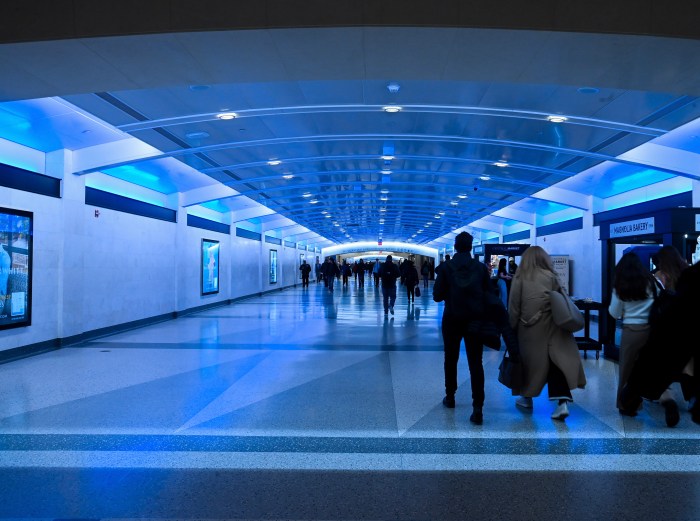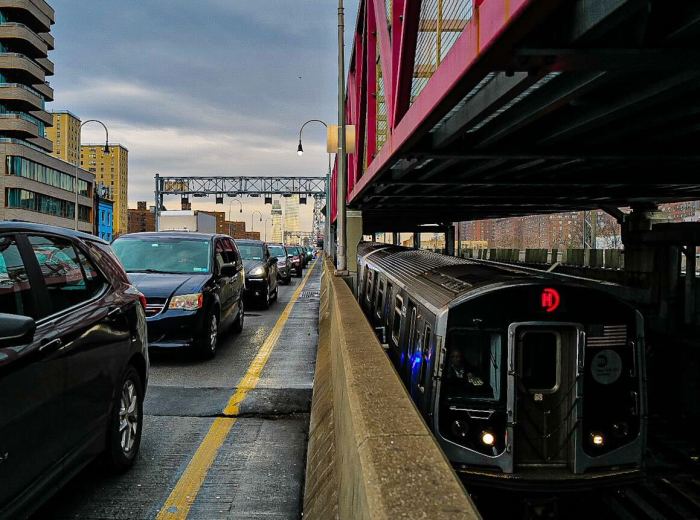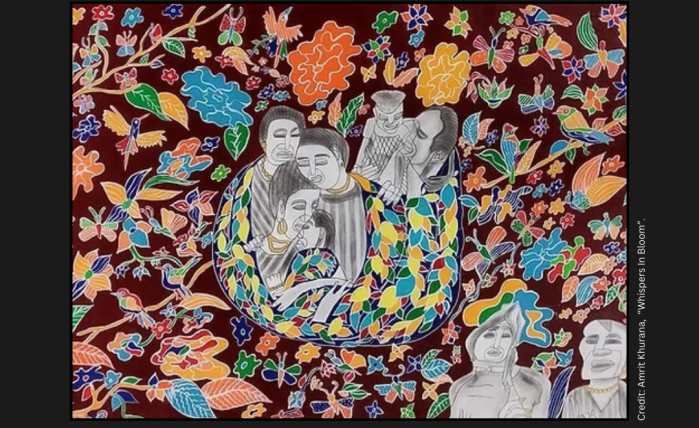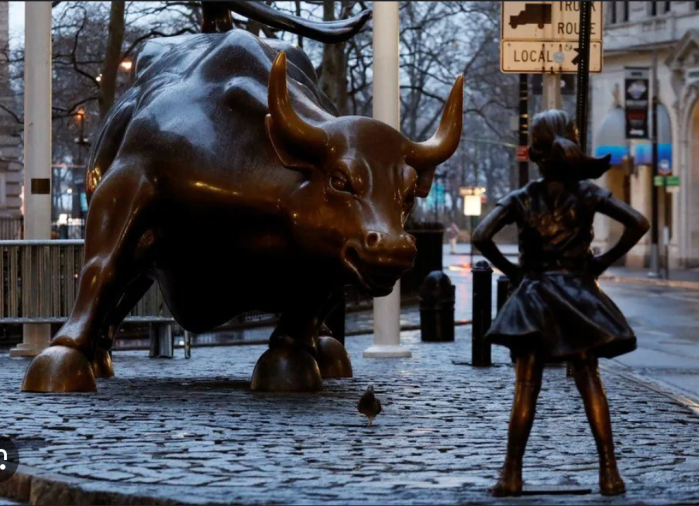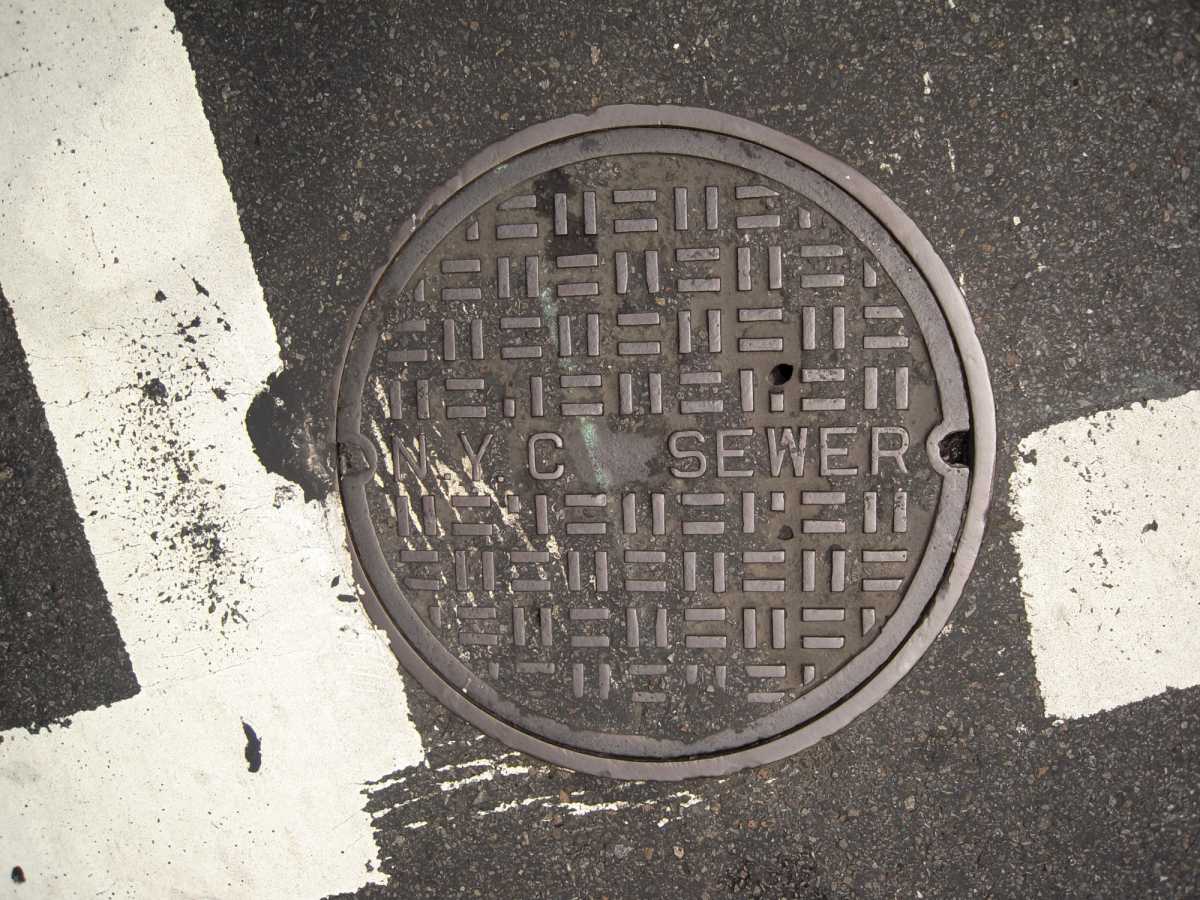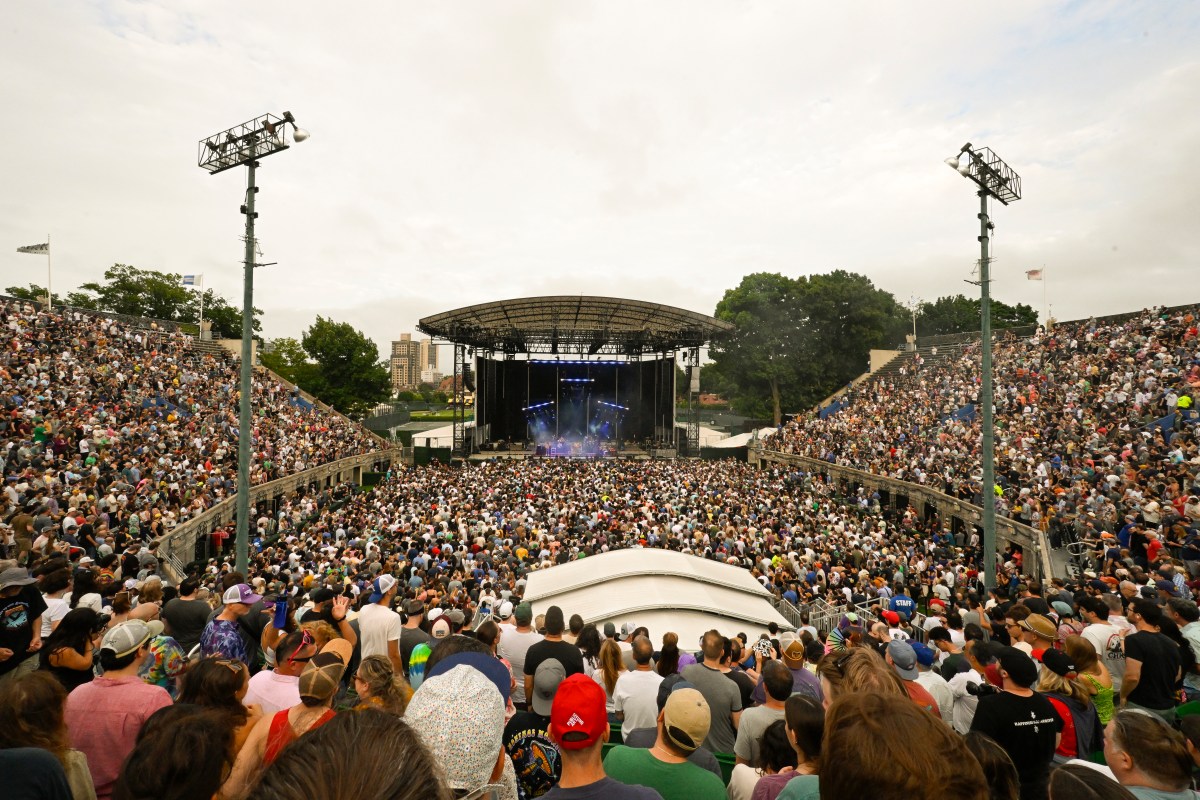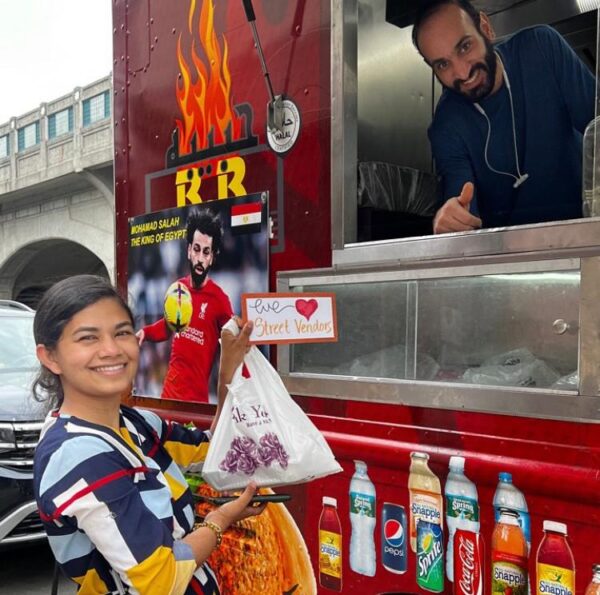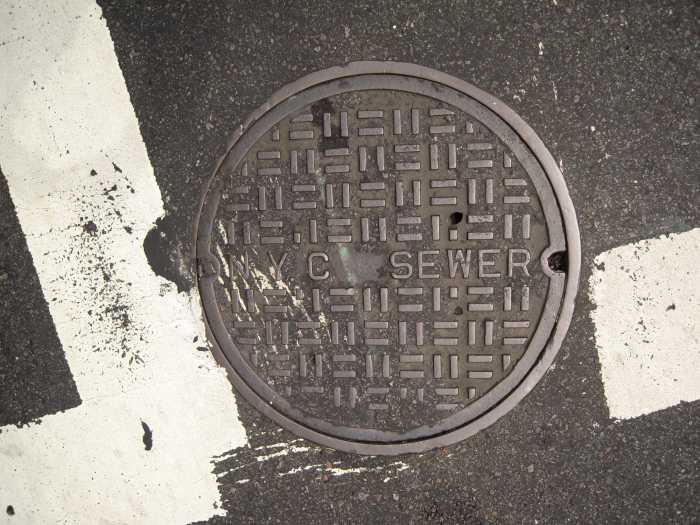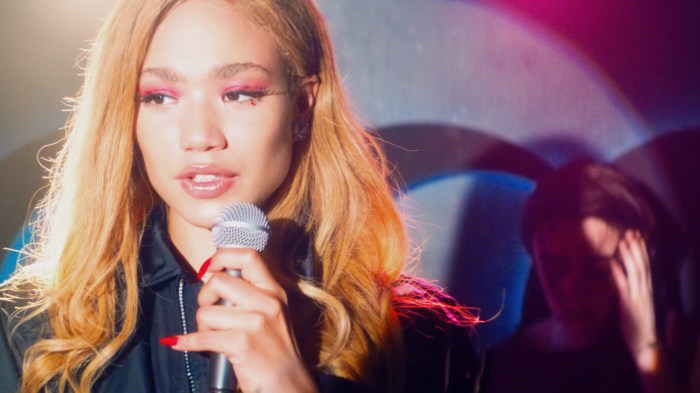-

Photo Credit: Charles Eckert -
 A major goal for the MTA in creating the Second Avenue subway was to ease ridership pressure on the Lexington Avenue route, which previously carried 1.3 million riders daily.
A major goal for the MTA in creating the Second Avenue subway was to ease ridership pressure on the Lexington Avenue route, which previously carried 1.3 million riders daily.
Before the opening of the Second Avenue subway’s first phase, the Upper East Side was served solely by the No. 4, 5 and 6 trains along the Lexington Avenue route. That was in stark contrast to the Upper West Side, which is served by both the Broadway lines (No. 1, 2 and 3 trains) and the Central Park West lines (the B and C trains).
After opening with limited service on New Year’s Day, the Second Avenue subway averaged 155,000 daily riders by Jan. 27. At the same time, the MTA saw an 87,170 drop in daily ridership on the Lexington Avenue line at the four stations that run parallel to Second Avenue subway service, when compared to the same time period in 2016.
Though the MTA’s annual ridership data for 2017 has not been officially released, a crosstown traffic analysis released by the agency in February put average daily ridership at 190,000. In May, the MTA added an extra Q train in each direction, citing increased ridership.
The MTA anticipated the first phase of the new subway route would be used by 200,000 people each weekday. It expects the phase two extension to add 100,000 new riders to the Second Avenue line.
The Upper East Side once had two other subway routes on Second and Third avenues, but the noisy elevated tracks were torn down to improve real estate values.
” data-id=”111244945″ data-link=”https://amnewyork.wpengine.com/wp-content/uploads/2019/10/8213_image.jpg” class=”wp-image-1.11244945″/>
Photo Credit: Getty Images / Michael Nagle -
 The Second Avenue subway was designed to be built in four phases. The $4.5 billion first phase includes stations on 96th, 86th and 72nd streets, as well as an expansion to the 63rd Street-Lexington Avenue station. It opened to the public on Jan. 1, 2017.
The Second Avenue subway was designed to be built in four phases. The $4.5 billion first phase includes stations on 96th, 86th and 72nd streets, as well as an expansion to the 63rd Street-Lexington Avenue station. It opened to the public on Jan. 1, 2017. MTA officials had been hesitant to commit to a launch date, but with a little push from Gov. Andrew M. Cuomo, the line’s inaugural ride took off on Dec. 31, 2016, during a private event with city officials.
“There were two things that I never expected would happen. One was the Cubs winning the World Series. The second was having a gala New Year’s Eve celebration for the opening of the Second Avenue line,” former MTA chairman Thomas Prendergast said at the time.
Commuters were able to take their first ride under Second Avenue the next day.
” data-id=”111244944″ data-link=”https://amnewyork.wpengine.com/wp-content/uploads/2019/10/8214_image.jpg” class=”wp-image-1.11244944″/>
Photo Credit: Getty Images / Yana Paskova -

Photo Credit: Getty Images / Yana Paskova -

Photo Credit: Getty Images / Yana Paskova
The construction of the Second Avenue subway on the Upper East Side has been an epic odyssey.
After decades of false starts, the first phase of the new subway line officially opened to the public on Jan. 1, 2017.
The journey to launch the line dates to the 1920s, when the route was first proposed by a state agency. Construction was derailed by the Great Depression, World War II, the city’s financial woes in the 1970s as well as the challenges of building in one of the densest neighborhoods in the country.
The state finally broke ground on the first phase of the line in April 2007, although construction work had been undertaken in previous decades in Chinatown and East Harlem.
The subway line, the first major expansion of the system in more than 50 years, will span 8.5 miles from 125th Street in Harlem to Hanover Square in lower Manhattan when it’s complete.
MTA officials say the Second Avenue subway will allow residents and commuters easier access to mass transit on the city’s East Side.
Here’s what else you need to know about the Second Avenue subway.



